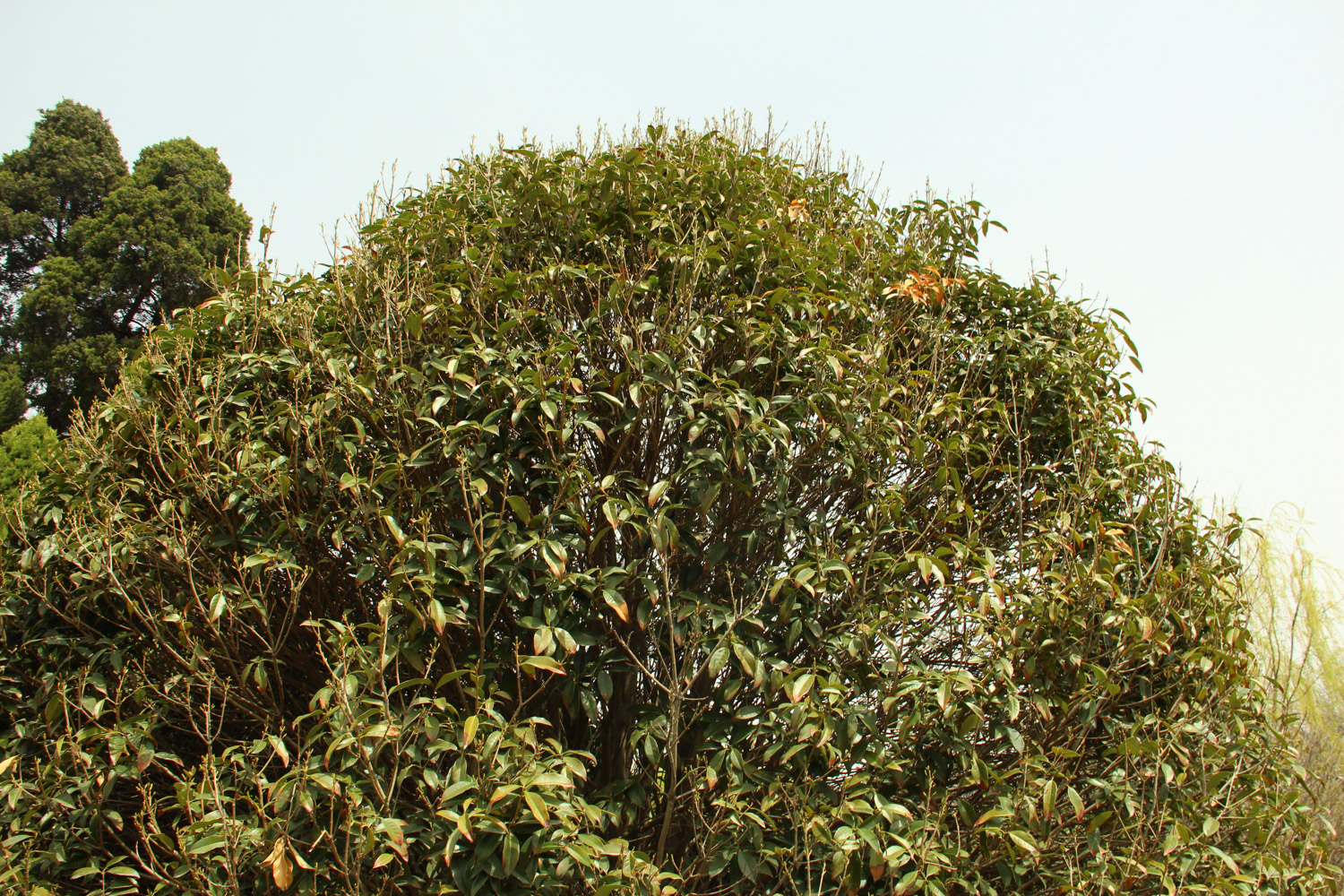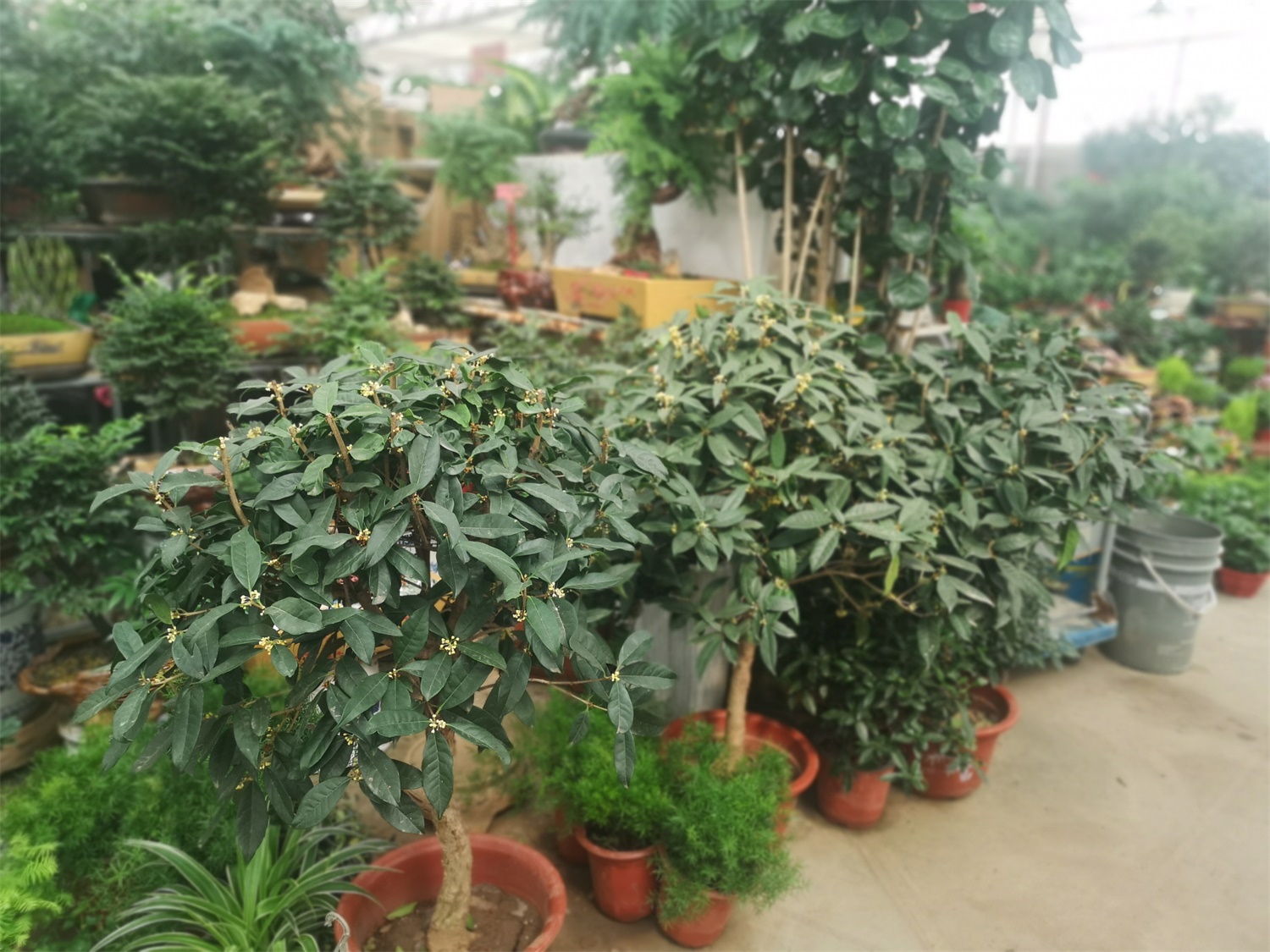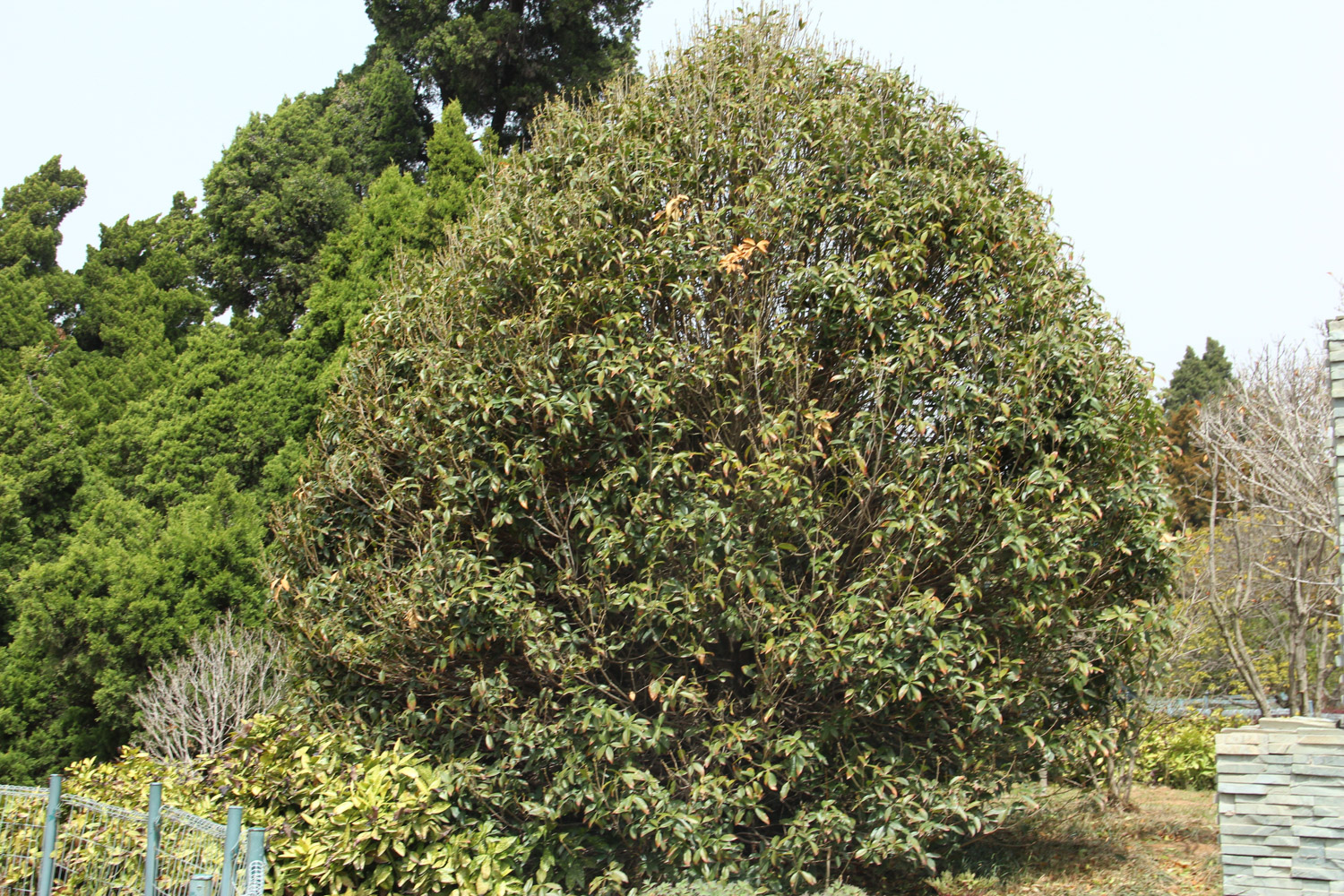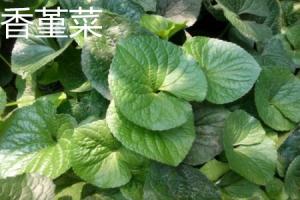1、 Pruning time
The pruning time of Osmanthus fragrans is usually in the seedling stage or growth stage. At this time, due to the vigorous growth, it can recover quickly after pruning, which is also conducive to the control of plant type. However, in the winter dormancy period, it can also be properly pruned to reduce the absorption of water and nutrients, so as to make it more lush in the second year

2、 Pick the heart and hit the top
After sweet scented osmanthus grows to a certain height, pick its heart in time. Picking the heart is a good way to control the height of the plant, and it also helps to promote the growth of lateral buds. Lateral bud growth can make plants look more lush and flowers bloom more densely

3、 Prune weak branches
If Osmanthus fragrans grows poorly or encounters diseases and insect pests, it is necessary to trim the diseased and weak branches. Cutting off weak branches can concentrate nutrients on stronger branches and make them grow better. The diseased branches should be found early and cut off early. At the same time, centralized treatment should be carried out to avoid the infection and recurrence of the disease

4、 Timely thinning
Osmanthus grows too lush, sometimes it's not good. The branches and leaves outside are too dense, resulting in insufficient ventilation and lack of light inside, which is easy to breed bacteria and cause diseases. Therefore, it must be properly thinned to ensure that the interior can also be ventilated and transparent, so as to reduce the possibility of disease

 how many times do yo...
how many times do yo... how many planted tre...
how many planted tre... how many pine trees ...
how many pine trees ... how many pecan trees...
how many pecan trees... how many plants comp...
how many plants comp... how many plants can ...
how many plants can ... how many plants and ...
how many plants and ... how many pepper plan...
how many pepper plan...






























